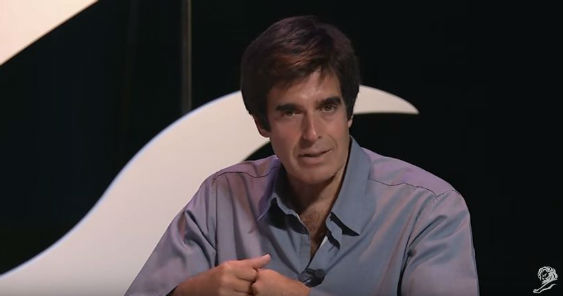MANILA, JULY 19, 2013- Publicis Manila takes on a foamy and flirty tactic in promoting the new Nescafe Cappuccino, titillating premium coffee lovers’ taste buds with a TVC.
‘Happy Dragon’ leads off with “When it’s this foamy, anything can start.” Featuring a regular Joe and a stunningly beautiful woman, the TVC tells the story of misinterpreted signals and its flirty, humorous results.
At a party, a guy gets foam on his upper lip and the tip of his nose as he enjoys a cup of Nescafe Cappuccino. Across the room, a girl notices this, and tries to signal him about it by licking her lips. The flattered guy mistakenly thinks she was just being flirty. This goes on for several attempts until the girl finally gets up, walks over to the guy, and sticks a paper towel on his face.
Publicis Manila explains that the commercial was inspired by a Nestle Mexico material, which has been adapted by 20 markets around the world.
"Everyone who sees it can’t help but smile or laugh," says Judith Albano, Creative Director for the project. "You can’t get a better response than that."
CREDITS
Brand: NESCAFÉ CAPPUCCINO
Title: “Happy Dragon” TVC 30s
Client: NESCAFÉ, Nestlé Philippines
President & CEO – John M. Miller
Communication & Marketing Services Director – Sandra Puno
Business Executive Manager – Christophe Stern
Consumer Marketing Managers – Mark Castillo, Kristy Tesoro-Salumbides, Diane Galindez
Agency: Publicis Manila Inc.
Chairman & CEO – Matec Villanueva
Executive Creative Director – Jayel Ladioray
Account Director – Pamy Velilla-Hernandez, Ma. Monica Cabanos
Account Manager – Karmina Bautista
Creative Director – Judith Albano
Sr. Copywriter – Macky Mina
Sr. Art Director – Erwin Guevarra
Associate Art Director – Kat Suiza
Production: Provill
Producer – DJ Vizconde
Director – Thierry Knotz




